Your cart is currently empty!
Instant Food Revolution
Fast, simple-to-prepare meals are in high demand in today’s hectic environment. Millions of homes now have instant foods since people’s lives are getting busier and time is becoming more scarce. These quick options have changed the way we eat, from the nostalgic crunch of Kellogg’s chocolates to the straightforward adaptability of corn flakes, and from hearty bowls of oats to slurping Maggi noodles. What, though, makes them so well-liked? What legends surround these mainstays? And are they really as beneficial to us as they appear? Let us investigate.
The Revolution of Convenience
Instant foods are appealing because of their name. In a society where individuals balance their social commitments, hobbies, jobs, and families, setting aside an hour each day for cooking seems like a luxury. The urge for sustenance is a basic human need that instant foods satisfy without taking up a lot of our time.
These foods have transcended convenience to become emblems of modernity. A packet of Maggi noodles is more than simply a meal; it is a cultural icon, a college student’s rite of passage, and a midnight snack for professionals who are working late.
Instant Foods’ Development
We don’t realize how long instant foods have been around. The idea originated during the war, when soldiers needed ready-to-eat or simple-to-prepare meals. This changed throughout time to become the commercial goods we use today. Let’s examine some of the most well-liked instant dishes in more detail.
Oats: The Nutritious Superfood
From being a common grain, oats have evolved into a superfood. Oats were always thought of as a boring breakfast choice, but their health advantages have since made them more and more popular. They are a favourite among health enthusiasts since they are high in fibre, protein, and vital vitamins.
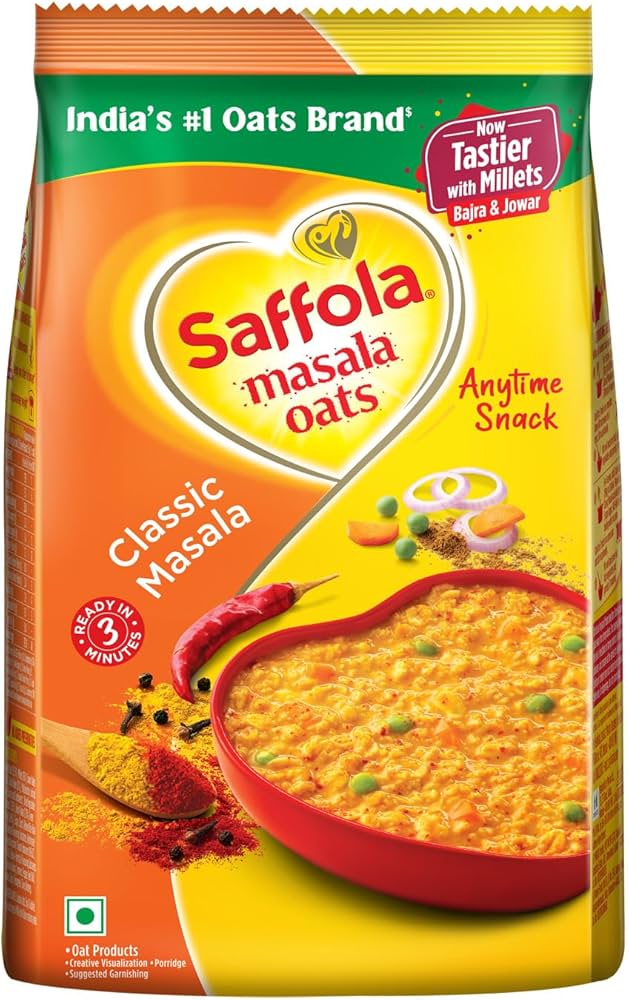
However, the roots of oats must be acknowledged for the story to be full. Before they became a staple sustenance for humans, oats were thought of as animal feed. It demonstrates the power of marketing, research, and shifting dietary patterns to alter public attitudes.
Maggi: The Pervasive Noodle
The phrase “two minutes” has come to represent Maggi noodles. When Maggi was first introduced in India in the early 1980s, it immediately gained widespread recognition. It was a favourite across all generations due to its cost, ease of use, and irresistible flavour.
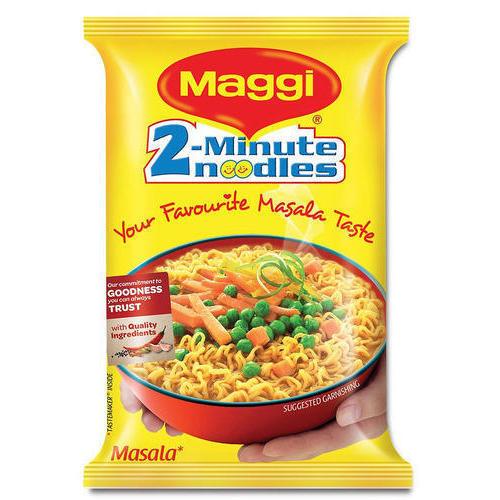
Maggi is an emotion, not just a brand of noodles. It’s the go-to choice on lazy weekends, a lifesaver during dormitory days, and the taste of childhood for many. But Maggi has also been involved in a number of scandals. The brand has had to put in a lot of effort to regain trust after the infamous lead controversy in 2015 and discussions over nutritional value. Despite these challenges, Maggi remains a beloved instant food. Its ability to reinvent itself through new flavour, healthier variants, and regional adaptations has kept it relevant in a competitive market.
The favourite candy of childhood is Kellogg’s chocolates.
Kellogg’s Chocolates is a breakfast staple for a lot of children. According to its marketing, Chocos is a crunchy, sweet, and chocolatey treat that blends nutrition and enjoyment. Chocos are frequently selected by parents because to their alleged health advantages, which include additional vitamins and minerals. It’s the closest thing to having dessert for breakfast for kids.
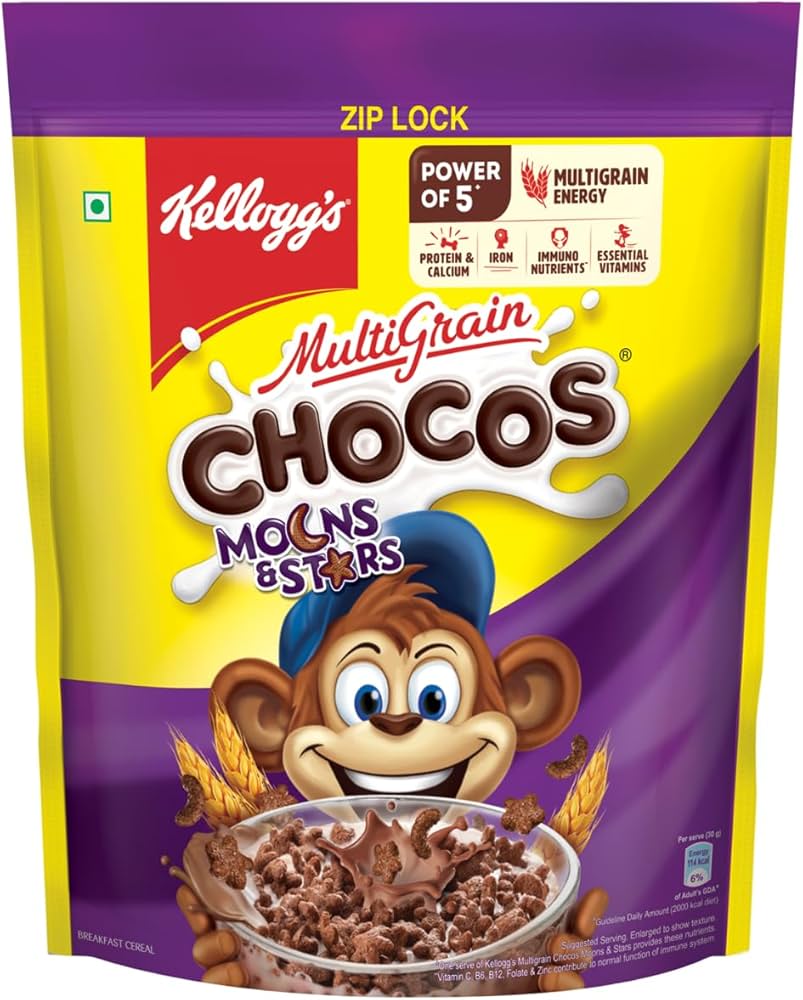
But how actually healthy is it? Chocos are heavy in sugar even though they provide vital nutrients. In an effort to cater to contemporary consumers, companies such as Kellogg’s have produced low-sugar and fortified versions as parents grow more health conscious.
Chocos also appeals to nostalgia. It’s like going back in time for adults who grew up eating Chocos. It is an enduring popularity among the instant food because of this emotional connection.
Corn Flakes: The Timeless Option
Corn flakes are praised for their ease of use. All you need to do is add some milk. However, they are no longer just for breakfast. This common cereal has been used into many recipes, ranging from no-bake sweets to crispy cornflakes-coated poultry.
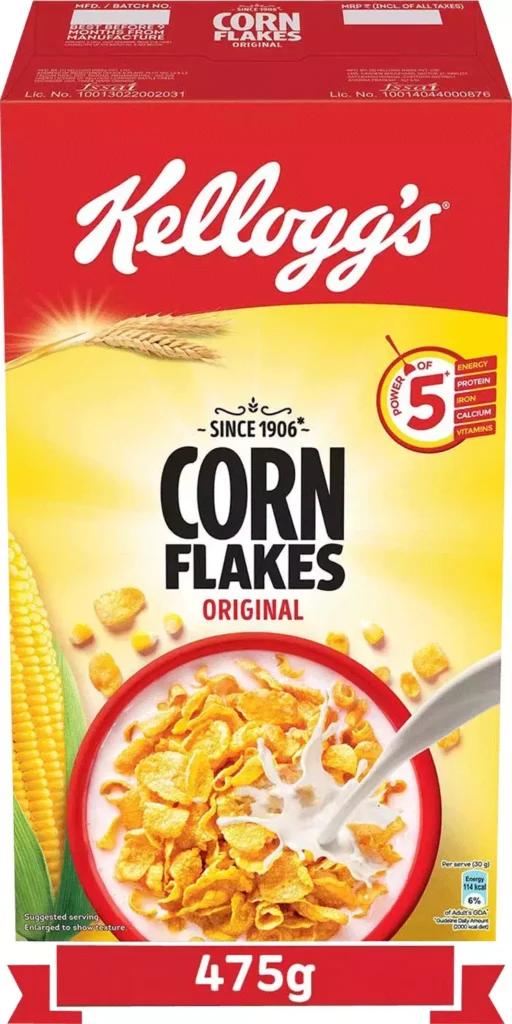
But just like chocolates, corn flakes have come under fire for having too much sugar, particularly when they come in flavored varieties. Nevertheless, they continue to be a mainstay in many homes due to their practicality and adaptability.
Instant Foods: Advantages and Drawbacks
Although instant foods are incredibly convenient, they do have some disadvantages. Here is an analysis of their benefits and drawbacks.
Benefits:
Time-saving: Suitable for hectic lives.
Easy Preparation: Not much cooking expertise is needed.
Prolonged Shelf Life: Perfect for storing.
Limitations:
Nutritious Deficits: A lot of fast food items are heavy in sugar, sodium, and preservatives.
Dependency: Poor eating habits might result from relying too much on fast food.
Enhancing the Health of Instant Foods
Quick meals don’t have to be bad for you. You can still take advantage of their convenience while keeping your health in mind by making a few adjustments. How to do it:
Examine product labels and select items with less added sugar and sodium.
Put in New Ingredients: Adding fruits, vegetables, or proteins will increase nutrition.
Moderation is key. Consider quick meals as a luxury rather than a daily necessity.
Try making healthier dishes with quick foods as a foundation. Add fresh vegetables to Maggi, for instance, or sprinkle nuts and seeds on top of your corn flakes.
The Emotional Bond
Instant foods are linked to feelings and memories and are more than just temporary solutions. Recall the Saturday mornings when breakfast felt extra wonderful thanks to Choco, or the rainy days when you prepared a steaming bowl of Maggi. These foods evoke feelings of coziness, happiness, and longing.
Instant food is a lifeline for parents on busy mornings. They accompany students while they study late into the night. And for a lot of people, they’re just a means to enjoy something comfortable and familiar.
The Imminence of Quick Cuisine
The fast food market is changing as consumer choices move toward sustainability and
health. To meet a range of needs, brands are launching plant-based,
gluten-free, and organic solutions. Innovations in packaging are meant to
lessen their impact on the environment, and clean labelling and transparency
are becoming more and more important.
Furthermore, technology is contributing to the improvement of the instant food
experience. Instant food appears to have a bright future thanks to features
like app-based recipes and QR codes that offer comprehensive nutritional data.
In conclusion
Oats, Maggi, Kellogg’s chocolates, and corn flakes are examples of instant foods that have become essential to modern life. They are cultural touchstones that arouse feelings and memories in addition to being practical. Although they have advantages and disadvantages, how we eat them is crucial. We can have the best of both worlds if we make thoughtful decisions and balance them with whole, fresh foods.
Consider the history, inventions, and memories that go into these immediate pleasures the next time you grab a box of Maggi or pour a dish of chocolates. After all, food serves as a means of comfort, joy, and connection in addition to providing nourishment.Oats, Maggi, Kellogg’s chocolates, and corn flakes are examples of instant foods that have become essential to modern life. They are cultural touchstones that arouse feelings and memories in addition to being practical. Although they have advantages and disadvantages, how we eat them is crucial. We can have the best of both worlds if we make thoughtful decisions and balance them with whole, fresh foods.
Consider the history, inventions, and memories that go into these immediate pleasures the next time you grab a box of Maggi or pour a dish of chocolates. After all, food serves as a means of comfort, joy, and connection in addition to providing nourishment.
https://en.wikipedia.org/wiki/List_of_instant_foods
https://grocerybyguptas.com/spices/
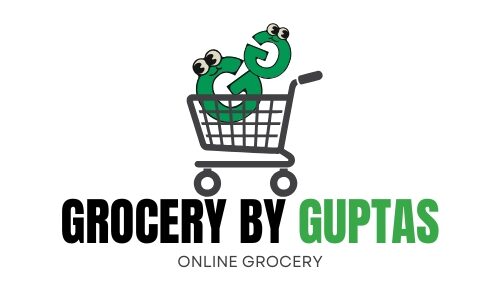


Leave a Reply